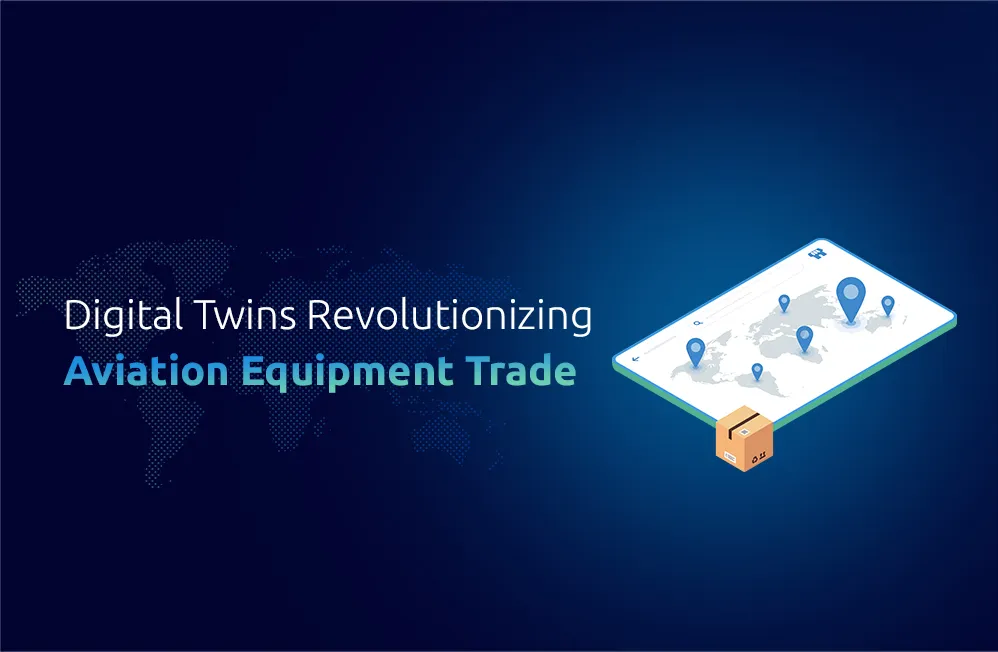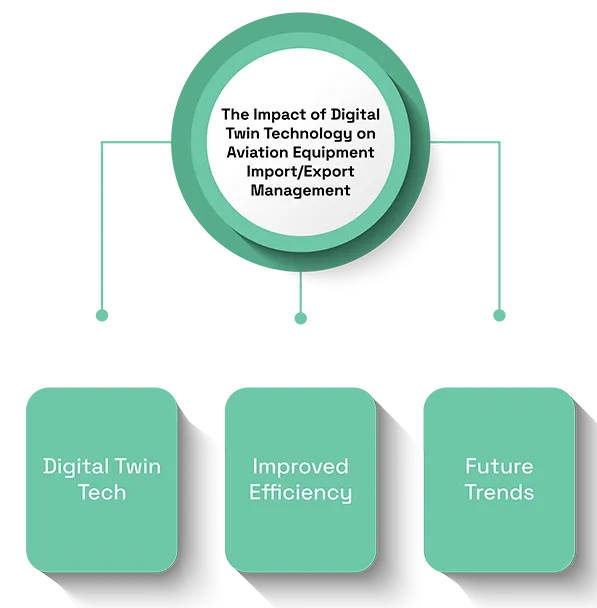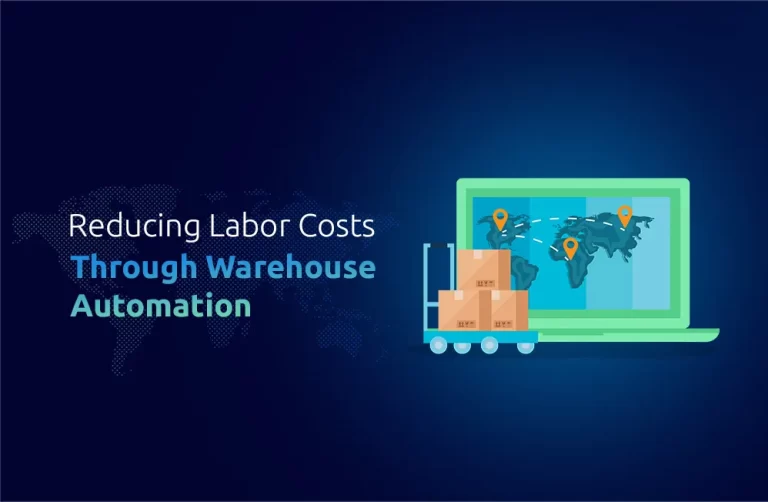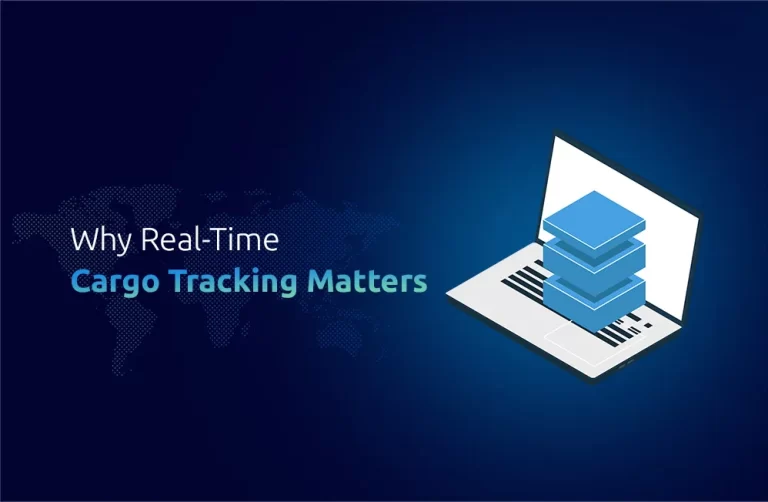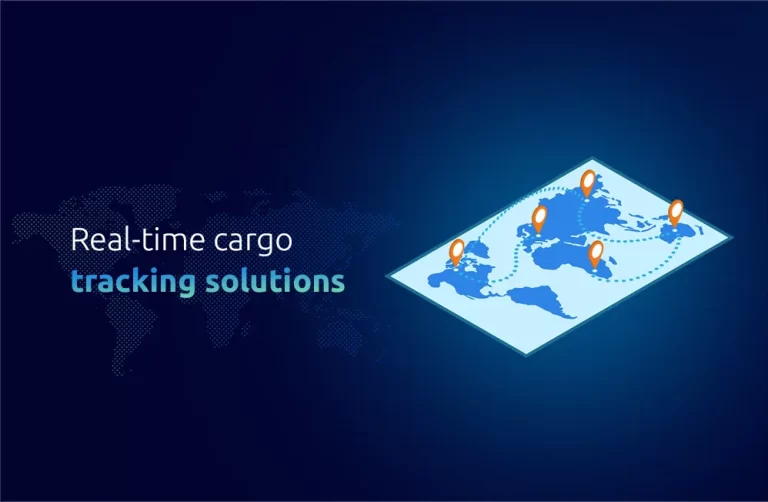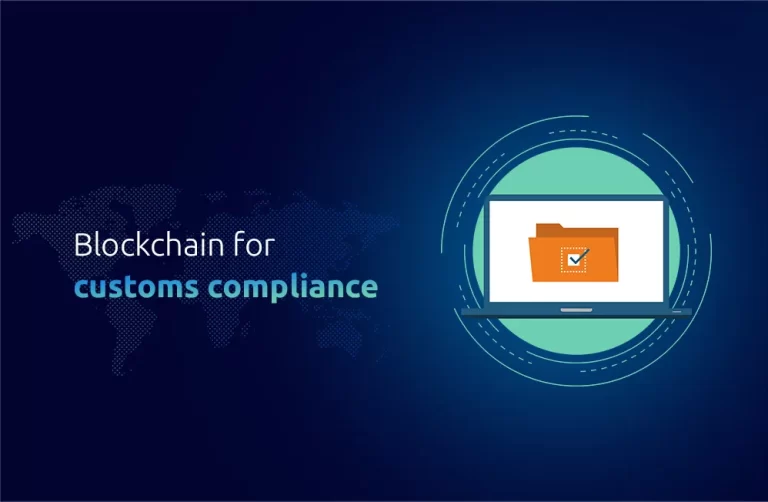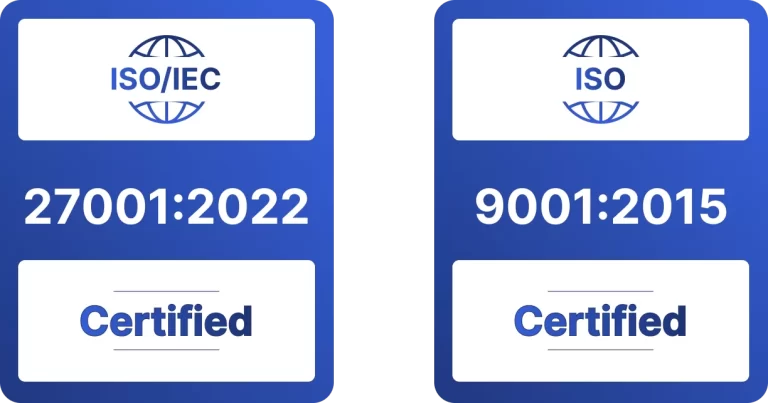Insight
Digital twin technology has become an indispensable business asset, especially within industries such as aviation equipment import/export. By creating digital replicas of physical assets, digital twin technology allows businesses to simulate, monitor, and optimize their logistics operations more accurately and efficiently than ever. It improves precision and decision-making capability and drives efficiency with real-time data for predictive maintenance and better tracking of goods. In aviation, particularly, it reduces downtime and streamlines supply chain management while adhering to regulatory standards, resulting in cost savings and optimized operations operations resulting in cost savings and optimized operations overall.
What Is Digital Twin Technology?
Creating virtual copies or digital representations known as Digital Twins represents Digital Twin Technology. Virtual models in aviation simulate the complete lifecycle, performance, and maintenance condition of all equipment through digital duplicates. Real-time data integration in Digital Twins yields precise, detailed simulations that guide businesses to conduct predictive analytics, control maintenance planning, and enhance operational effectiveness.
The system establishes a digital replica that duplicates all physical components by combining IoT devices with sensors and data sources. Virtual duplicates of aviation equipment in import/export applications substantially improve organizational decision-making practices.
Improving Import/Export Logistics with Digital Twins
The implementation of digital twins serves to enhance import/export logistics operations. The application of Digital Twin Technology revolutionizes cargo tracking capabilities because it delivers instantaneous updates throughout a supply chain. The digital representation of sensitive aviation equipment enables companies to monitor equipment movement routes during shipment of avionics engines or aircraft components. The real-time data stream provides importer or exporter with tracking capabilities for shipments and temperature-sensitive cargo inspection while enabling them to check delivery schedules.
The instant diagnostic information assists in logistics optimization through quicker delivery while lowering AOG risks and maintaining equipment quality throughout transportation. Digital Twins enables exact freight quote tools by tracking complete shipment routes, which allows companies to choose optimal transport methods and paths for their products. This data allows air cargo rate calculators and air freight volume calculators to generate more precise cost predictions, leading to enhanced budget management and cost efficiencies.
Enhancing Compliance with Regulatory Standards
International trade requires businesses to meet ECCN (Export Control Classification Number) and generalized system of preferences (GSP) regulatory standards to retain their tariffs and duty exemptions when exporting to different countries. Businesses implementing Digital Twin Technology for their operations will maintain regulatory compliance, decreasing the chances of facing customs delays and penalties.
Businesses can use Digital Twins to run complete import/export process simulations, which cover the equipment classification step under the HS Code system and Incoterm DDP (Delivery Duty Paid) guideline requirements. Through simulation tests, organizations can determine if shipments match the importer or exporter requirements while validating export register procedures.
Streamlining the Supply Chain
Supply chain management involves complex challenges within aerospace operations due to the high importance of time efficiency. Digital Twin Technology provides an exact depiction of supply chain development, from drayage shipping to essential transport phases.
Digital Twins enable better flexibility for aviation equipment because of their urgent and time-sensitive nature. The virtual models enable organizations to evaluate swiftly between air forwarding and sea forwarding transport options for delivering important parts to prevent AOG situations.
Predicting Maintenance and Reducing Downtime
Digital Twin Technology generates predictions about maintenance requirements that provide exceptional value to the aviation industry because of its critical nature to systems uptime. Digital replica data analysis enables businesses to organize preventive maintenance tasks, thus reducing the chance of equipment breakdowns occurring while in transit.
Digital Twins maintains ongoing observation of aircraft components through their systems to deliver detailed information about material degradation and upcoming failures. Digital data from the replicas assists companies in scheduling freight effectively by decreasing unplanned stoppages and unexpected maintenance expenses during transportation times. Predictive information monitoring services cover equipment at import facilities, enabling pre-emptive preparations for upcoming problems at different stages.
Cost Savings and Optimization
Digital Twin Technology produces instant financial savings, one of its major effects on airline equipment import and export operations. The combination of real-time data regarding cargo situations, transport pathway information, and equipment operating statistics allows business owners to make better data-based choices.
Signal-based air freight cost calculators can deliver improved pricing accuracy by applying Digital Twin data instead of traditional air forwarding estimates in their computations. A more efficient cargo forwarding service becomes possible through this system, which decreases expenses from transport delays, equipment-related damages, and unnecessary routing costs.
How Digital Twin Technology Impacts the Global Trade Landscape
Digital Twin Technology enables companies to change their international trade management process for countries that enforce strict customs regulations. Optimizing the logging process through enhanced monitoring capabilities and predictions results in more efficient and reliable aviation equipment imports and exports.
Market research indicates that the Digital Twin Technology market will experience considerable expansions while aviation stands at the forefront. These benefits stem from the technology that drives its market expansion because it improves operational efficiency, reduces supply chain costs, and enhances client satisfaction.
Conclusion
The aviation equipment import/export management sector is experiencing a fundamental transformation because of Digital Twin Technology. This technology delivers unparalleled precision and efficiency through various tools that optimize logistics operations and regulatory compliance fulfillment. Organizations that handle international aviation equipment shipments need Digital Twin technology to enhance tracking systems and perform predictive maintenance while improving cost forecasting precision.
Businesses using Digital Twins gain performance improvements that lower downtime costs, create better decision processes, and lower overall costs for import/export operations. Aviation equipment logistics receive advanced solutions from One Union Solutions as the company drives industry transformation in aerospace logistics. Digital Twin Technology sets new standards for future international trade success in aviation equipment due to its advanced capabilities.
Did You Know?
Grand View Research predicts that Digital Twin Technology will reach $35.8 billion by 2025, and aviation industries are major contributors to this expansion.
FAQs
1. What is Digital Twin Technology?
Ans: Digital Twin Technology uses digital representation of existing physical assets to reproduce their behavior, operational performance, and status simultaneously with physical events. Visual representations of equipment behavior serve to track devices throughout transportation and maintenance activities in aviation.
2. How does Digital Twin Technology benefit importer and exporter?
Ans: Real-time logistics visibility enables businesses to maximize delivery routes while lowering expenses and maintaining compliance standards and forecast maintenance requirements to enhance import/export operations.
3. What are Incoterms like DDP, and how do they relate to Digital Twin Technology?
Ans: The responsibilities of international trade participants in specific delivery conditions are specified through Incoterms such as DDP (Delivery Duty Paid). The digital twin technology monitors shipments to fulfill essential conditions specified by Incoterms, preventing issues with delivery delays and mistakes.
4. Can Digital Twins help with customs and regulatory compliance?
Ans: Yes, by simulating the entire import/export process, Digital Twins helps businesses ensure compliance with customs regulations, such as the HS Code, ECCN, and other trade restrictions.
5. How does Digital Twin Technology reduce costs in aviation logistics?
Ans: By providing accurate data on cargo conditions, transportation routes, and equipment performance, Digital Twins help optimize logistics, reduce delays, and improve cost forecasting, leading to significant cost savings.

